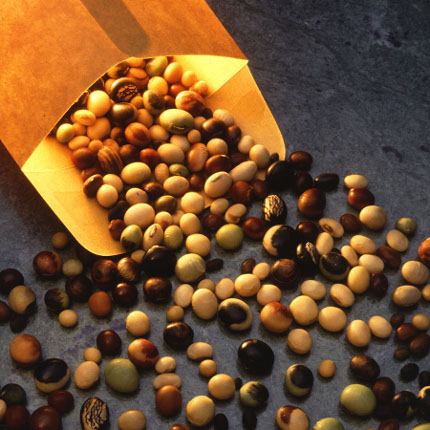Saving the gene pool: seed banks as archives

Ensuring the salvage of future sources is a challenge for plant geneticists and breeders, as well as historians and archivists. Here, this suggestion is illustrated with an account of the emergence, in the mid- 20th century, of seed banks. These repositories are intended to enable the conservation of the world’s crop genetic diversity against the ‘genetic erosion’ of crops, an unintended consequence of the global uptake of new high-yielding Green Revolution agricultural varieties. Plant breeders and scientists advocated a strategy of freezing and long-term storage of seed which enabled the salvage of genetic diversity for future users without requiring the continual cultivation of old varieties: seed banking could preserve valuable genetic material and enable agricultural modernisation to proceed. This account of crop genetic conservation therefore shows how breeders and geneticists sought to create their own seed archives from whence the evolutionary history of crops could be made accessible in ways that are useful for the future. This analysis suggests that conservation practices are informed by ideas about the future use of material, indicating that there is value in exploring concurrently the archival and historiographical issues relating to the biomolecular big biosciences.
